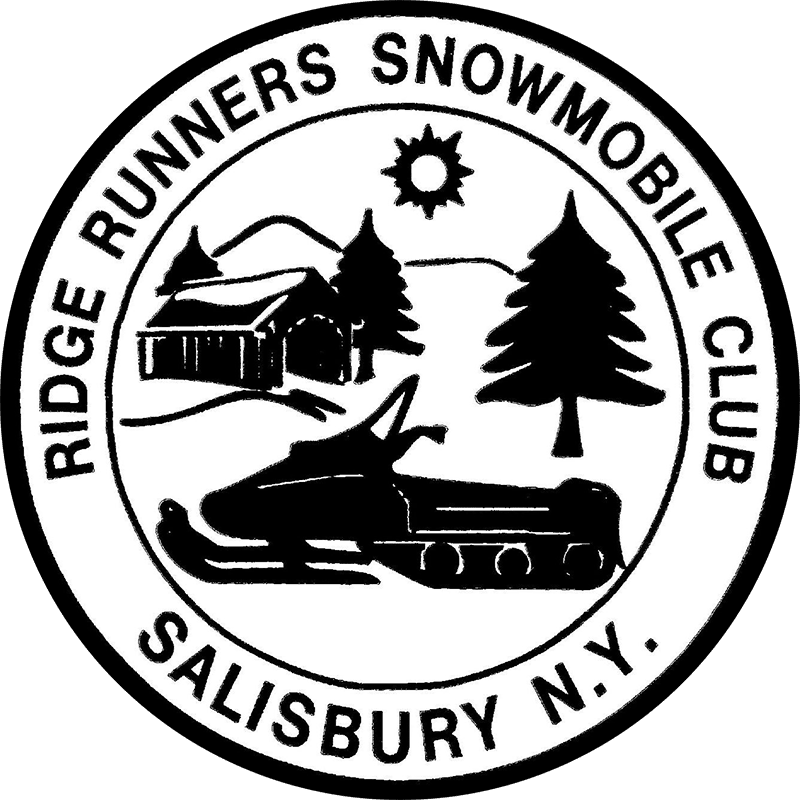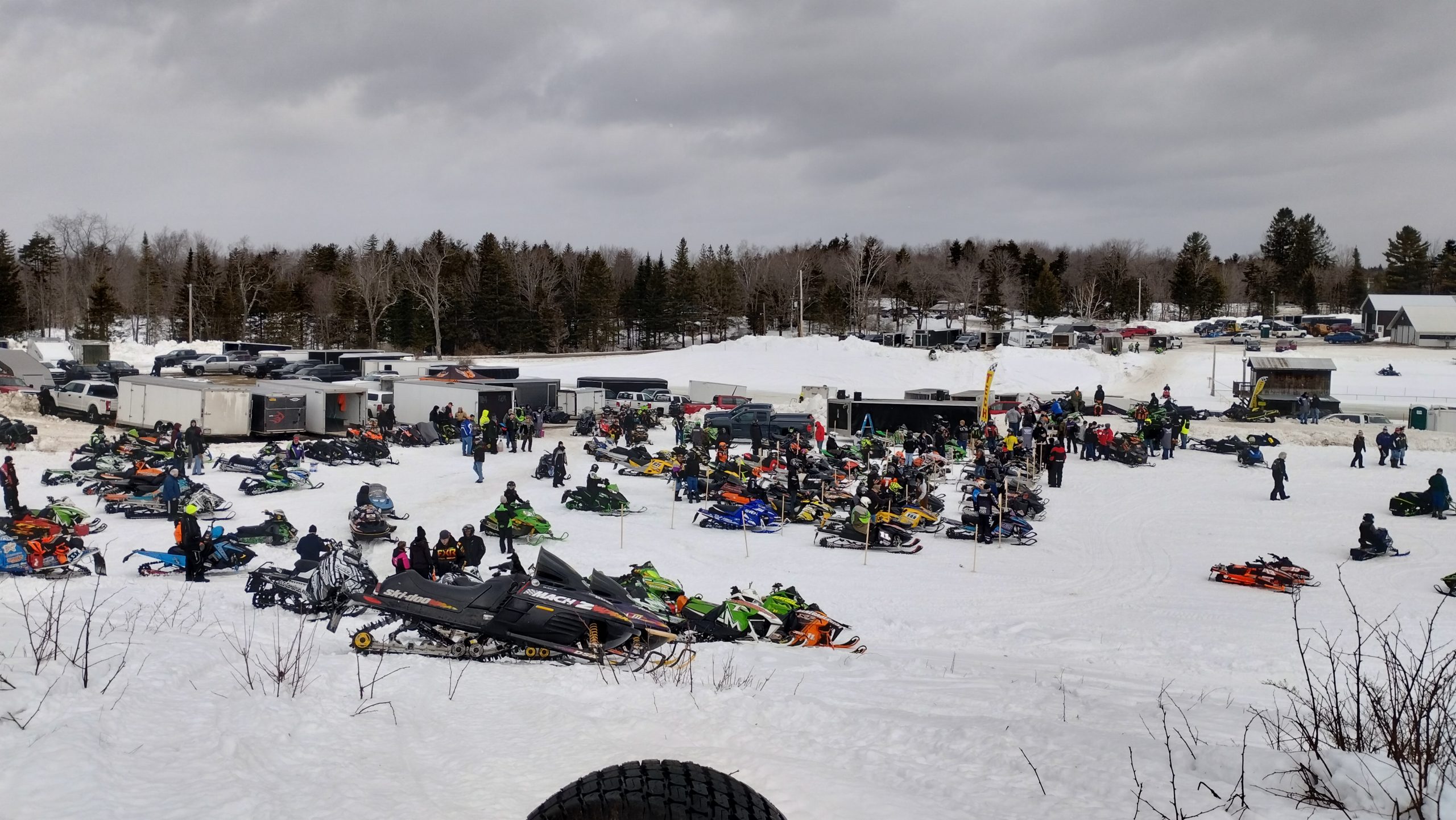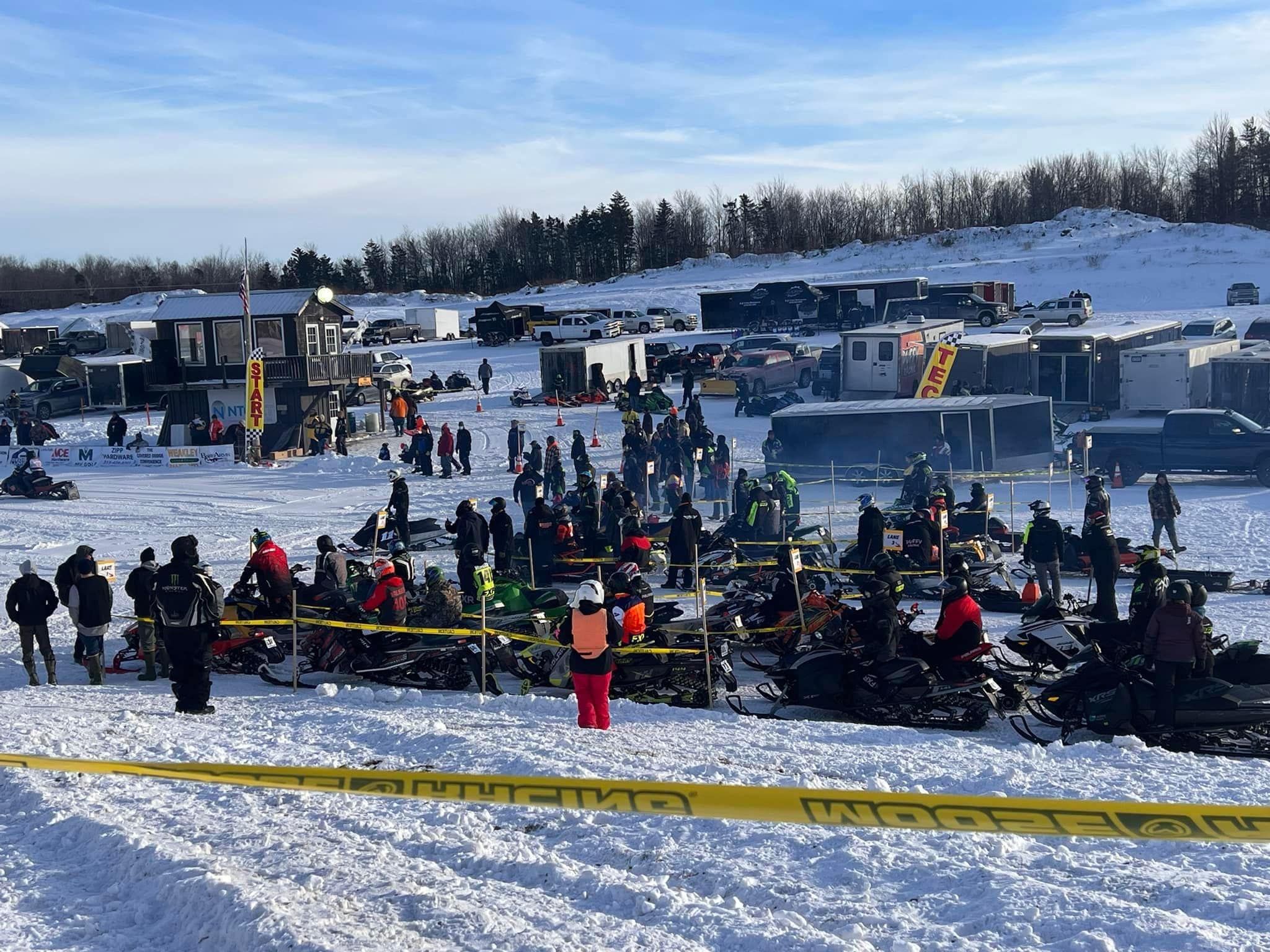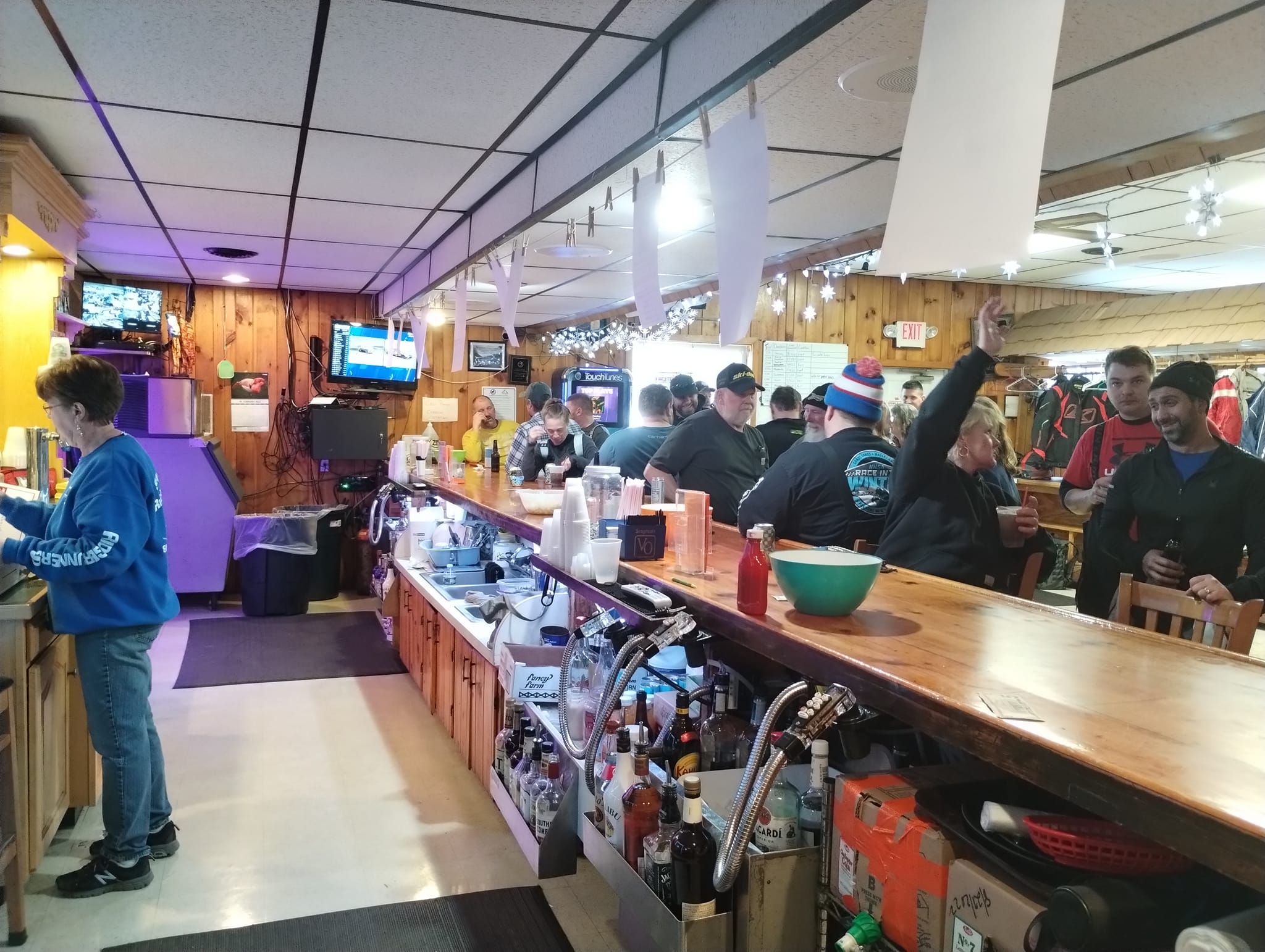- Snowmobile must begin as a qualified stock snowmobile.
- Any alterations allowed in stock are allowed in Improved Stock.
- The snowmobile must have original OEM for the model engine, frame, front and rear suspension arms, cowl, fuel tank, airbox, seat components, all must be OEM for the model and year, or properly filed OEM replacement parts that supersede the original OEM parts. No altering of any stock components.
- Improved Stock maximum width dimensions (ski stance) are as produced by the manufacturer OEM year and model.
Engine
- Engine parts must be OEM for the model except where noted. The following OEM enginve parts may be modified internally, but not replaced:
- Crankcase
- Cylinders. *No external fastening devices for mounting cylinders allowed.)
- Heads
- Crankshaft and crankcase must be OEM for the year and model. No modification allowed to the external surfaces of the crankcase even if the area is hidden by another part or bracket.
- The entire external portion of the engine must be stock appearing
- OEM stroke must be maintained.
- The OEM number of cylinders must be maintained.
- Cylinder head(s) must be OEM for the year and model. The cylinder head may be modified internally including changed replaceable combustion chambers and machining out of combustion chambers to install inserts. Replacement combustion chambers must be commercially available. The visible outer portion of the cylinder head or cylinder head cover must remain stock appearing, and the spark plug must maintain OEM location.
- Cylinder must remain within the OEM shell dimensions to include crevices, bulges, etc. No visible external changes allowed.
- The cylinders may be raised to change port height. If a plate is used to raise cylinder height, the plate including gaskets cannot exceet 1/2 inch, (.500) in thickness.
- Engine displacement may be increased by cylinder boring to the maximum displacement for any Improved Trail Stock class. If so modified, the snowmobile is no longer eligible for smaller displacement classes.
- Engine components allowable for modification or replacement:
- Bearings
- Rods-center to center dimension must remain OEM for the engine.
- Pistons
- Piston pins
- Rings
- Gaskets
- Reeds and reed blocks may be changed, (External plate may be thicker) if they do not change outside dimensions for the cylinder or crankcase. No external modifications to the crankcase or cylinder to accommodate reed block change.
- Air box may not be removed; air box may be altered for added air flow.
- On snowmobiles with OEM for the year and model Electronic Fuel Injection, the throttle body including the exterior may be modified for increased fuel flow. Systems that allow increased fuel delivery and timing may be used. The stock control module must be used. Systems that allow increased fuel delivery may be used (i.e. Power Commander or others).
- Oil pumps must be operational.
- No superchargers, turbochargers, or nitrous systems allowed.
- Cooling system must be fully operational and retain OEM for model.
- Harmonic balancer may not be removed.
- One additional torque arm allowed (any style).
- A torque plate is not allowed under engine or under motor mounting plate.
- Any funtionally exhaust can (2 pipes into 1 can) allowed. Individual stingers are prohibited.
- Allowed gasoline and lubricants:
- Only a commercially available pump gasoline that complies with these rules is allowed. (The term “pump gasoline” includes fuels dispensed from service station pumps and racing fuels that are commercially available in fuel cants and drums.) The gasoline may be mixed with petroleum, vegetable, or synthetic based lubricants. The use of oils, fuels (including gasohol), and additives that provide power-boosting is prohibited.
- 93 octaine max.
- No ethanol fuel allowed.
Drive
- OEM for brand primary and secondary
- Jackshafts of like material may be changed to accommodate a clutch change but must remain OEM material. No welding allowed to accomplish this change. No lightweight jackshafts allowed.
- Track drive axle and chain case must remain OEM concept for the model and remain in OEM location.
- Any OEM for the brand track drive sprocket allowed. Unless otherwise specified, no modification allowed to frame, drive or suspension to install sprockets.
- Complete brake system must be OEM for the make and model.
Ski Suspension & Steering
- Brake control handle must remain in the OEM location (left side, front side of bar).
- Must maintain 5″ (inches) of comperession suspension measured at the front bumper.
Track Suspension
- Track suspension may be located anywhere in the tunnell where the manufacturer has drilled, partially drilled, or marked for mounting holes. Pre-drilled plates may be drilled out to facilitate suspension adjustment. Pre-drilled backing plate holes may not be enlarged or slotted.
- Commercially available long track rails and rail extensions allowed. To facilitate installing of long track rails, suspension may be moved up or down in the tunnell (a limit of three inches). The front torque arm must be OEM stock for year and model. Tunnel must be extended to accommodate the longer track and suspension.
- Must maintain 5″ (inches) of compression suspension measured at the rear bumper.
- Any size, material, and number of rear axle idler wheels allowed.
Track
- Any commercially available one-piece molded rubber track allowed.
- No Chisel studs or grinding on studs. Any commercially available carbide tip studs allowed. Cheisel nuts prohibited.
Frame & Body
- Any chassis alterations, additions or removals, which alter stock appearance or dimensions are not allowed.
- Tunnel can be repaired by must maintain OEM length.
- The OEM fuel tank must be the only tank that can be used for fuel supply. Oil injection tanks may not be used as a fuel tank.
- Insulation foam may be removed from engine compartment.
- Tunnel material in all machines in all classes must maintain its structural integrity and be free of wear from traction devices.
- Fox float shocks are allowed in replacement of standard shocks.
Ignition & Electrical
- Ignition must be OEM for the model. CDI/ECU may be replaced with a unit from any stock qualified model within the brand. Flywheel and stator may be modified.
- Fixed ignitions may be moved (+ or -) four (4) degrees.
- No aftermarket device allowed which interrupts ignition for launch control or traction control unless OEM for the model.
- Headlight and taillight must be original OEM equipment and must remain in original mountin location. Headlight and taillight must be operational at the start of the race. Taillight cannot be battery operated.



